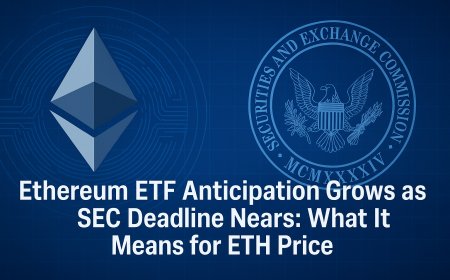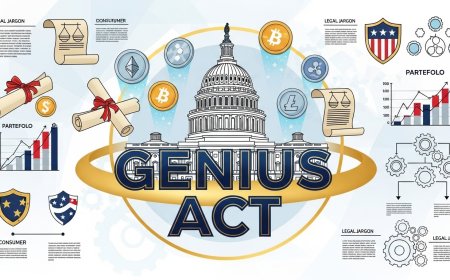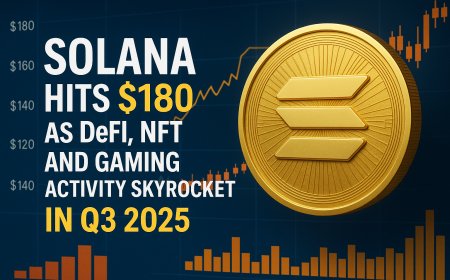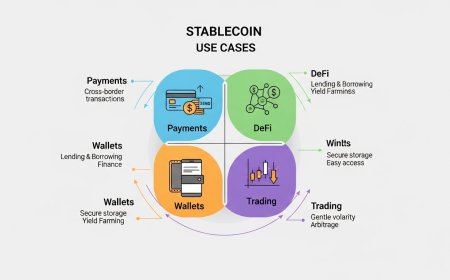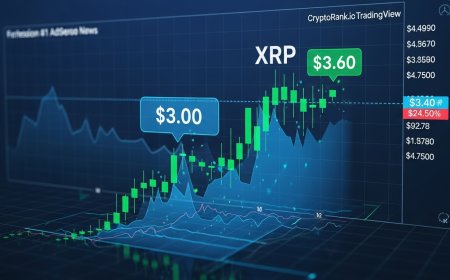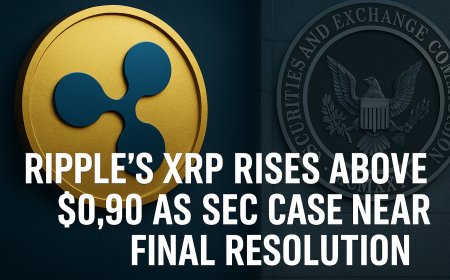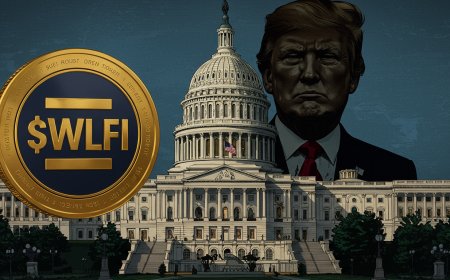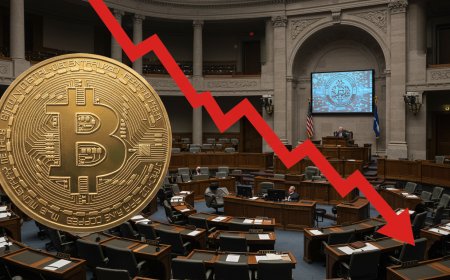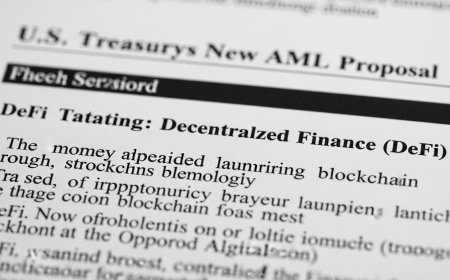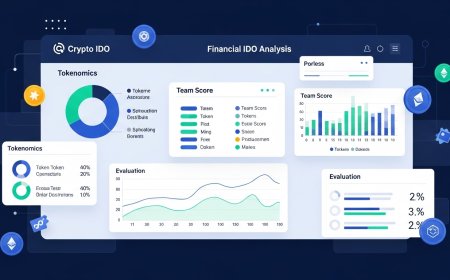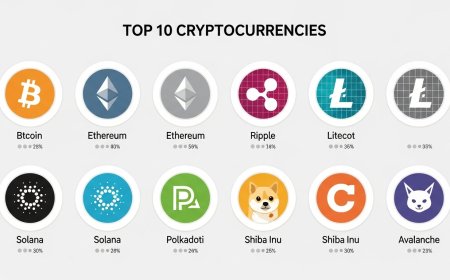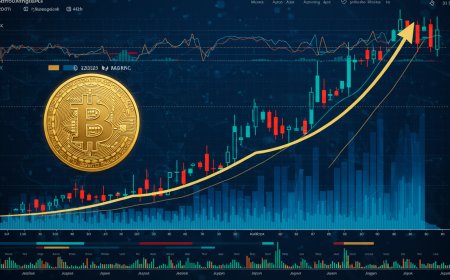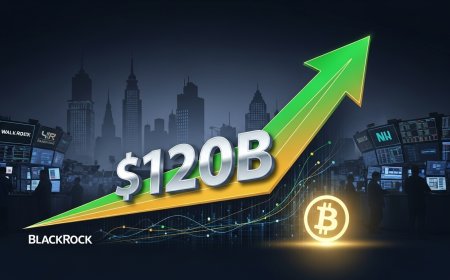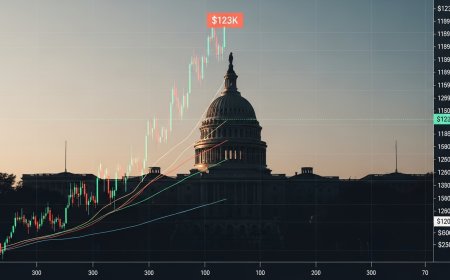Business Insider: BofA Identifies 4 Market Segments to Benefit from Stablecoin Boom
Bank of America forecasts key sectors—from payments to DeFi—ready to gain from stablecoin regulations. Meta Keywords: stablecoin boom, BofA analysis, crypto sectors
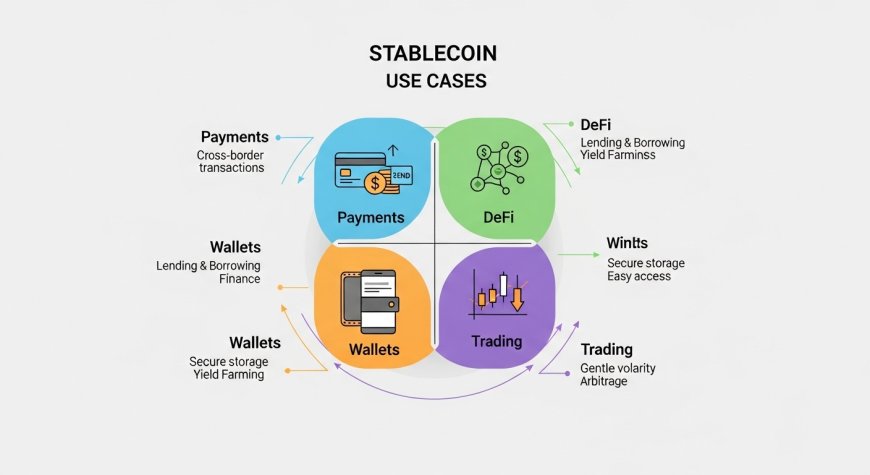
Business Insider: BofA Identifies 4 Market Segments to Benefit from Stablecoin Boom
Bank of America Securities has released a comprehensive analysis identifying four key market segments positioned to benefit significantly from the emerging stablecoin regulatory framework and subsequent market expansion. The research report highlights specific sectors that analysts believe will experience substantial growth as stablecoin adoption accelerates across traditional and digital finance ecosystems.
Payment Infrastructure Sector Leads Growth Projections
Bank of America's analysis positions payment infrastructure as the primary beneficiary of stablecoin market expansion. The research indicates that companies providing payment processing, cross-border remittance services, and digital wallet solutions will experience increased demand as stablecoins become more widely accepted.
Traditional payment processors are expected to integrate stablecoin capabilities to maintain competitive positioning, while specialized cryptocurrency payment companies may capture significant market share in emerging use cases. The report suggests that regulatory clarity will enable broader merchant adoption of stablecoin payments.
Transaction volume projections indicate that stablecoin-based payments could capture a meaningful percentage of global digital payment flows, particularly in cross-border transactions where traditional systems face cost and speed limitations. This shift represents a potential multi-billion dollar market opportunity for payment infrastructure providers.
Decentralized Finance (DeFi) Ecosystem Expansion
The second major segment identified by Bank of America encompasses decentralized finance protocols and platforms. Analysts project that regulatory-compliant stablecoins will serve as the foundation for expanded DeFi adoption, enabling traditional financial institutions to participate in previously restricted markets.
DeFi lending protocols, automated market makers, and yield generation platforms are expected to benefit from increased liquidity as regulated stablecoins provide institutional-grade collateral options. The research suggests that compliance-focused DeFi platforms will attract significant capital inflows from traditional finance participants.
Regulatory clarity around stablecoins is anticipated to reduce counterparty risk concerns that have previously limited institutional DeFi participation. This development could unlock substantial total value locked (TVL) growth across the decentralized finance ecosystem.
Digital Wallet and Custody Solutions
Bank of America's third identified segment focuses on digital wallet providers and cryptocurrency custody services. The analysis indicates that stablecoin regulation will drive demand for secure, compliant storage solutions as both retail and institutional users increase their digital asset holdings.
Custody providers offering stablecoin-specific services are expected to benefit from institutional adoption, while consumer-facing wallet applications may experience user growth as stablecoins become more mainstream. The report emphasizes the importance of regulatory compliance in this segment.
Integration between traditional banking services and digital wallets is projected to accelerate, with stablecoins serving as a bridge between fiat and cryptocurrency ecosystems. This integration represents a significant opportunity for fintech companies and traditional financial institutions alike.
Trading and Exchange Infrastructure
The fourth segment highlighted in the Bank of America analysis encompasses cryptocurrency exchanges, trading platforms, and related infrastructure providers. Analysts project that regulated stablecoins will increase trading volumes and improve market liquidity across digital asset platforms.
Institutional trading platforms are expected to benefit particularly from stablecoin regulatory clarity, as compliance requirements have previously limited institutional participation in cryptocurrency markets. The research suggests that regulated stablecoins will serve as preferred trading pairs for institutional investors.
Market making and liquidity provision services are projected to expand as stablecoin adoption increases, creating opportunities for specialized trading firms and technology providers. The analysis indicates that improved regulatory frameworks will attract more sophisticated market participants.
Regulatory Impact and Market Dynamics
Bank of America's research emphasizes that recent regulatory developments, including the proposed GENIUS Act, create a more favorable environment for stablecoin adoption across all identified segments. The analysis suggests that regulatory clarity reduces operational risk for businesses integrating stablecoin capabilities.
The report indicates that compliance costs associated with stablecoin operations will likely favor larger, well-capitalized companies that can absorb regulatory requirements. This dynamic may accelerate market consolidation while creating opportunities for compliance-focused service providers.
International regulatory coordination is identified as a key factor influencing global stablecoin adoption, with harmonized standards potentially accelerating cross-border use cases that benefit multiple market segments simultaneously.
Investment Implications and Market Outlook
The Bank of America analysis provides specific investment considerations for each identified market segment, noting that different sectors may experience varying timelines for regulatory implementation and market adoption. The research suggests that payment infrastructure companies may see the most immediate benefits.
Analysts project that stablecoin market capitalization could experience significant growth as regulatory frameworks enable broader adoption, with benefits flowing to companies positioned across the identified segments. However, the report also acknowledges execution risks and competitive dynamics that could affect individual company performance.
Market timing considerations are emphasized, with the analysis suggesting that early regulatory clarity may provide first-mover advantages to companies that establish compliant stablecoin capabilities before widespread market adoption occurs.
Technology Infrastructure Requirements
The research identifies specific technology requirements that companies across all four segments must address to capitalize on stablecoin opportunities. These include compliance monitoring systems, integration capabilities with traditional financial infrastructure, and security measures meeting regulatory standards.
Blockchain interoperability is highlighted as a critical consideration, with multi-chain stablecoin support potentially becoming a competitive requirement for service providers. The analysis suggests that companies investing in robust technology infrastructure will be better positioned for market expansion.
Scalability requirements are emphasized, with the report indicating that successful companies must prepare for potentially rapid growth in transaction volumes and user adoption as stablecoin markets mature.
Risk Factors and Considerations
Bank of America's analysis includes comprehensive risk assessment covering regulatory changes, competitive dynamics, and technology challenges that could affect projected market opportunities. The report emphasizes that regulatory frameworks remain subject to modification, potentially impacting market development timelines.
Competitive risks are identified across all segments, with the analysis noting that both traditional financial institutions and cryptocurrency-native companies are positioning for stablecoin market opportunities. This competition could compress margins and require significant investment in capabilities development.
Technology risks, including cybersecurity concerns and operational challenges, are highlighted as potential obstacles to market development. The research suggests that companies with strong risk management capabilities will be better positioned for sustainable growth.
Global Market Perspective
The Bank of America research extends beyond U.S. markets to consider international stablecoin adoption patterns and regulatory developments. The analysis suggests that global coordination on stablecoin standards could accelerate adoption across all identified market segments.
Regional variations in regulatory approaches are noted, with the report indicating that companies operating internationally must navigate diverse compliance requirements. This complexity may favor larger organizations with substantial regulatory resources.
Cross-border payment applications are identified as particularly promising, with stablecoins potentially addressing efficiency limitations in traditional international transfer systems. This use case spans multiple identified market segments and represents significant global market opportunity.
Future Development Trajectories
The analysis concludes with projections for long-term market development, suggesting that stablecoin adoption will likely accelerate as regulatory frameworks mature and technology infrastructure improves. The research indicates that successful companies will need to adapt to evolving market conditions and regulatory requirements.
Innovation opportunities are identified across all segments, with the report suggesting that companies developing novel applications for regulated stablecoins may capture significant market share. This innovation focus may be particularly important in the rapidly evolving DeFi sector.
Market maturation timelines are discussed, with the analysis suggesting that different segments may reach maturity at varying paces depending on regulatory implementation and adoption patterns. Companies must therefore develop flexible strategies that can adapt to changing market conditions.
What's Your Reaction?
 Like
1
Like
1
 Dislike
0
Dislike
0
 Love
0
Love
0
 Funny
0
Funny
0
 Angry
0
Angry
0
 Sad
0
Sad
0
 Wow
1
Wow
1









